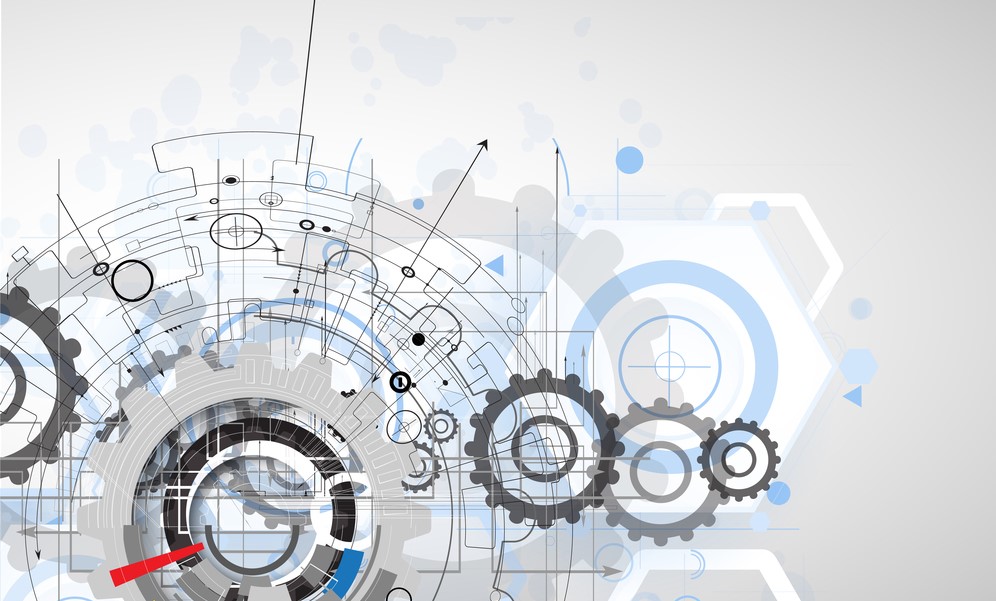
Modernizing applications has become a critical aspect to modernizing business operations, especially as newer and more user-friendly technologies continue to become available. This trend is clear with organizations increasingly migrating to the cloud, where they can improve their systems and streamline their processes. However, with the rapid pace of technological change, it can be challenging for businesses to keep up, often leading to difficulties and increased costs in upgrading hardware and software.
One solution to this challenge is application modernization. This involves updating and optimizing existing applications to take full advantage of the productivity-boosting potential of the cloud rather than replacing them outright. Modernizing applications allows businesses to unlock new capabilities, accelerate innovation, and reduce technical debt. By updating existing applications to work seamlessly with cloud servers, businesses can improve productivity, efficiency, and user experience in every sector of the workplace.
App Modernization for Better Cloud Benefits
Businesses should be cautious, however, when altering cloud applications, as these legacy applications can quickly become destabilized. A team’s focus is often centered on keeping the application up and running while simultaneously allowing developers to move as quickly as possible. Once teams can balance new developments with day-to-day operations, the system will be able to run smoothly. This is where modernization comes in. App modernization involves infrastructure, code, or database design and is anything that restructures the app to achieve the most benefit from the cloud. It is necessary for teams to adapt their applications in a way that best leverages the cloud for their company.
The importance and benefits of modernizing cloud applications are evident, but the execution can be more complex than expected. A recent study shows that 90% of CIOs have experienced failed or disrupted cloud modernization projects, largely stemming from the complexity of such projects. Businesses should collaborate with external partners to ensure a smooth transition to modernized applications. Partners will be able to identify the most prudent and impactful systems to update first and build a plan to complete the modernization swiftly.
See also: Migrating Your Databases to the Cloud? Consider Your Options
Two Key Elements of Application Modernization
There are two primary elements of cloud app modernization. The first is innovations, including serverless architectures and containerization, which speed up development processes. The second is the increased use of microservices, which allows for apps/services to be altered independently of one another, localizing the infrastructure and allowing more work to be completed. Localization distinguishes each aspect rather than altering every part of a server to fix a single problem. This creates room for growth and minimizes time spent backtracking in a business. Teams can separate the work of each sector while still working cohesively as a unit, leading to an increase in innovation, expansion, and responsiveness.
The increased use of microservices and localization efforts leave teams free to build, test, and release new features without affecting other segments of the business, making room for greater innovation and creativity across companies. Once teams are brought on board to understand the importance and process of app modernization, it becomes plausible for different segments of the company to focus on creating and carrying out new developments.
Cloud application modernization also paves the way for less costly and more efficient scaling when there are spikes in demand or cutbacks when demand slows. The separation of sectors allows businesses to expand only in the necessary microservices rather than altering the entire application landscape to fulfill needs. Modernization also allows applications to continue running as the technology evolves, cutting out unnecessary time spent updating software.
Simplifying Complexity through Modernization
Modernization brings a shift in complexity that is more manageable, resilient, and feature-rich. However, when something goes wrong, and inevitably something does, the failures are localized. With modernization, security is also built into cloud systems, automating backups, and enabling disaster recovery. Teams will have a swift and more efficient response time while minimizing the impact on other components in the system, simply due to the efficient modernization of existing applications rather than a wholesale transition to new ones.

Kevin Davis is the global CTO of AWS at Atos, a leader in cloud and digital workplaces. He previously served in the same capacity at Cloudreach. He is a passionate technical leader who delivers high-quality, customer-driven solutions leveraging DevOps and public cloud technologies.


